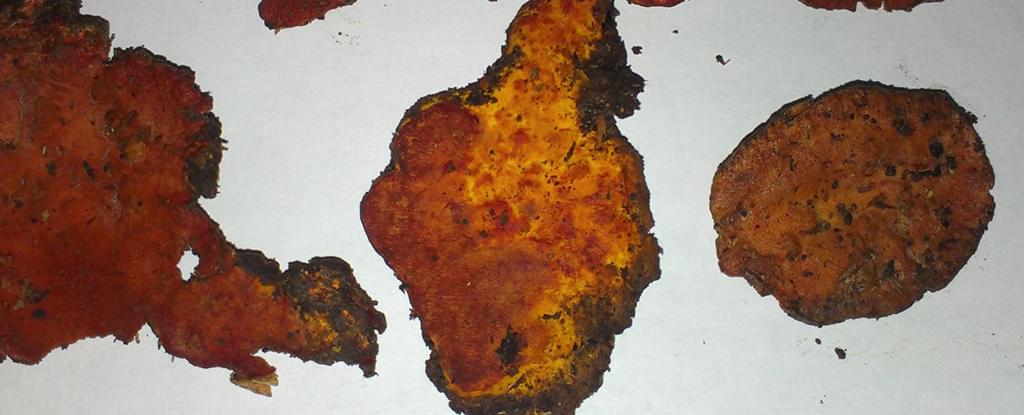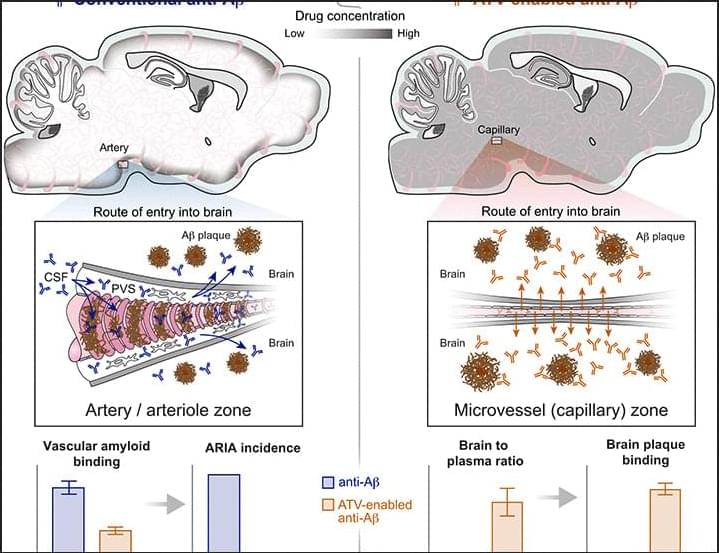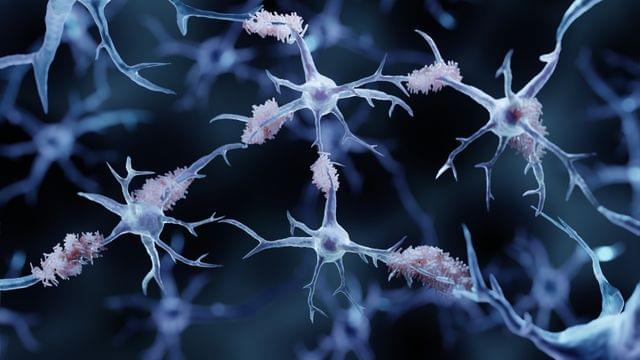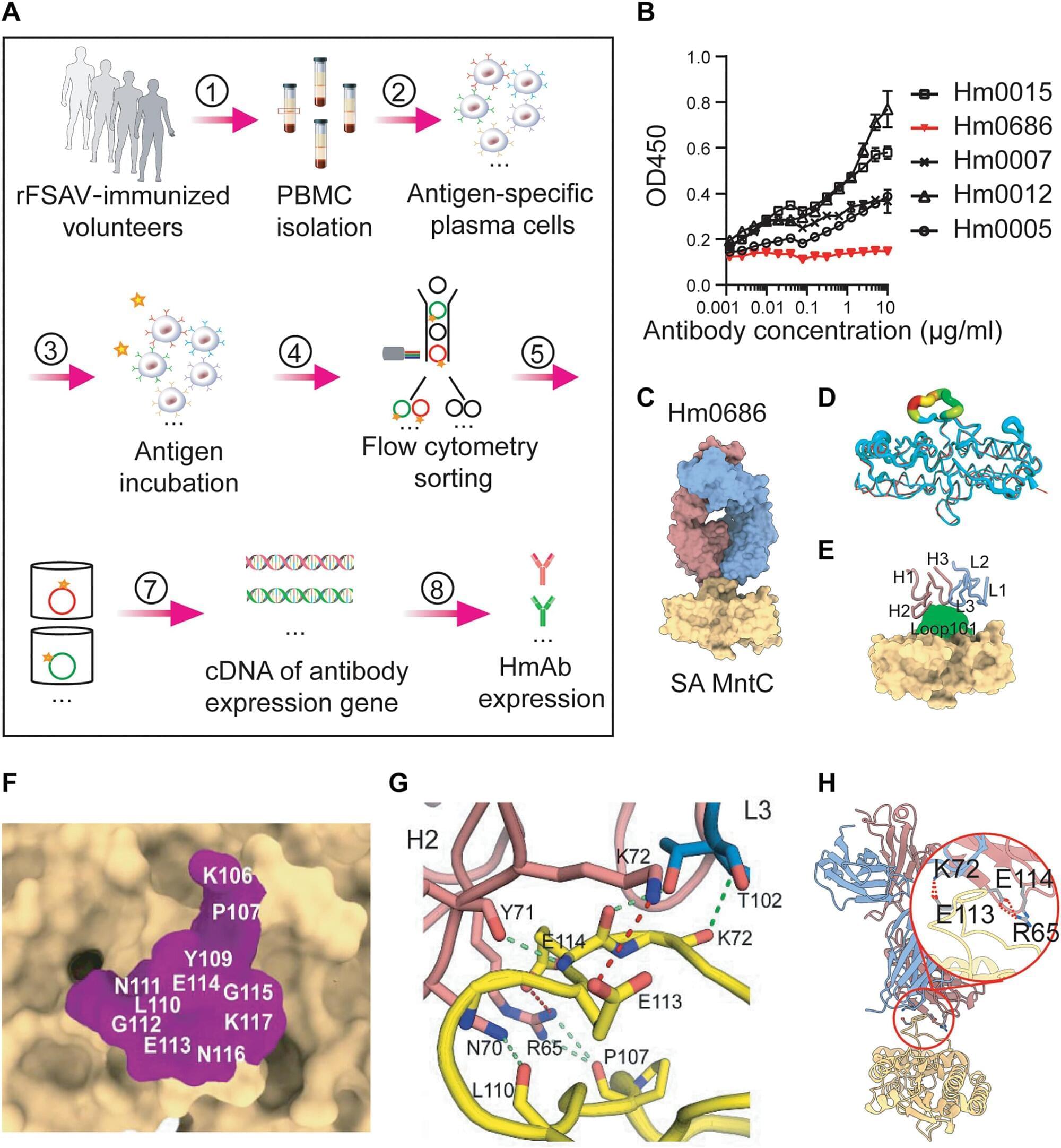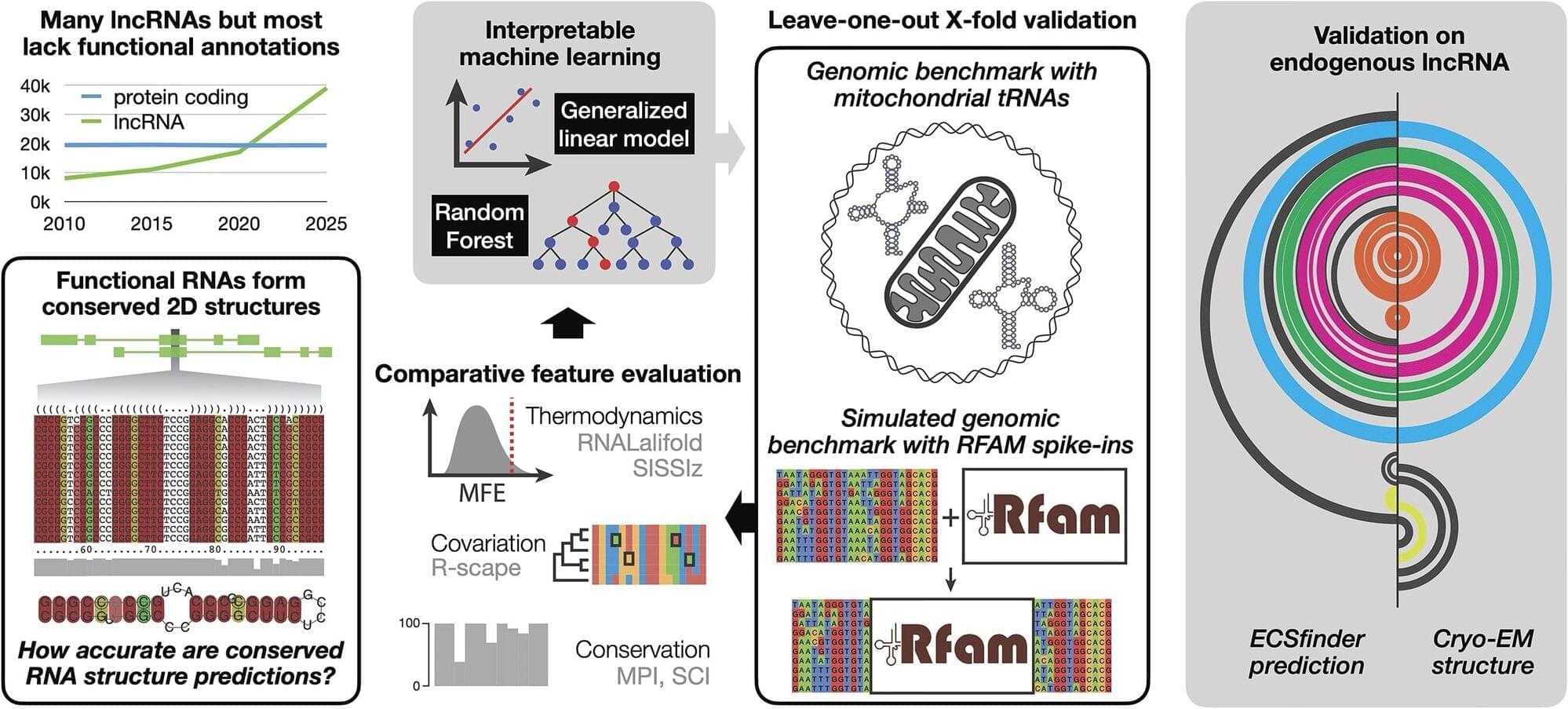The rare Antrodia cinnamomea fungus (also known as Taiwanofungus camphoratus) is only found in Taiwan, and is associated with one particular type of endangered tree. Long used for herbal medicines, the fungus has now been linked to cancer-fighting capabilities through a specific kind of sugar molecule.
Researchers from the National Taiwan University and National Yang Ming Chiao Tung University in Taiwan discovered the link by focusing on a group of compounds produced by the fungus called sulfate polysaccharides (SPS).
SPS is a kind of sugar molecule known as a sulfated galactoglucan, which combines compounds of glucose, galactose, and sulfate into one molecule.
